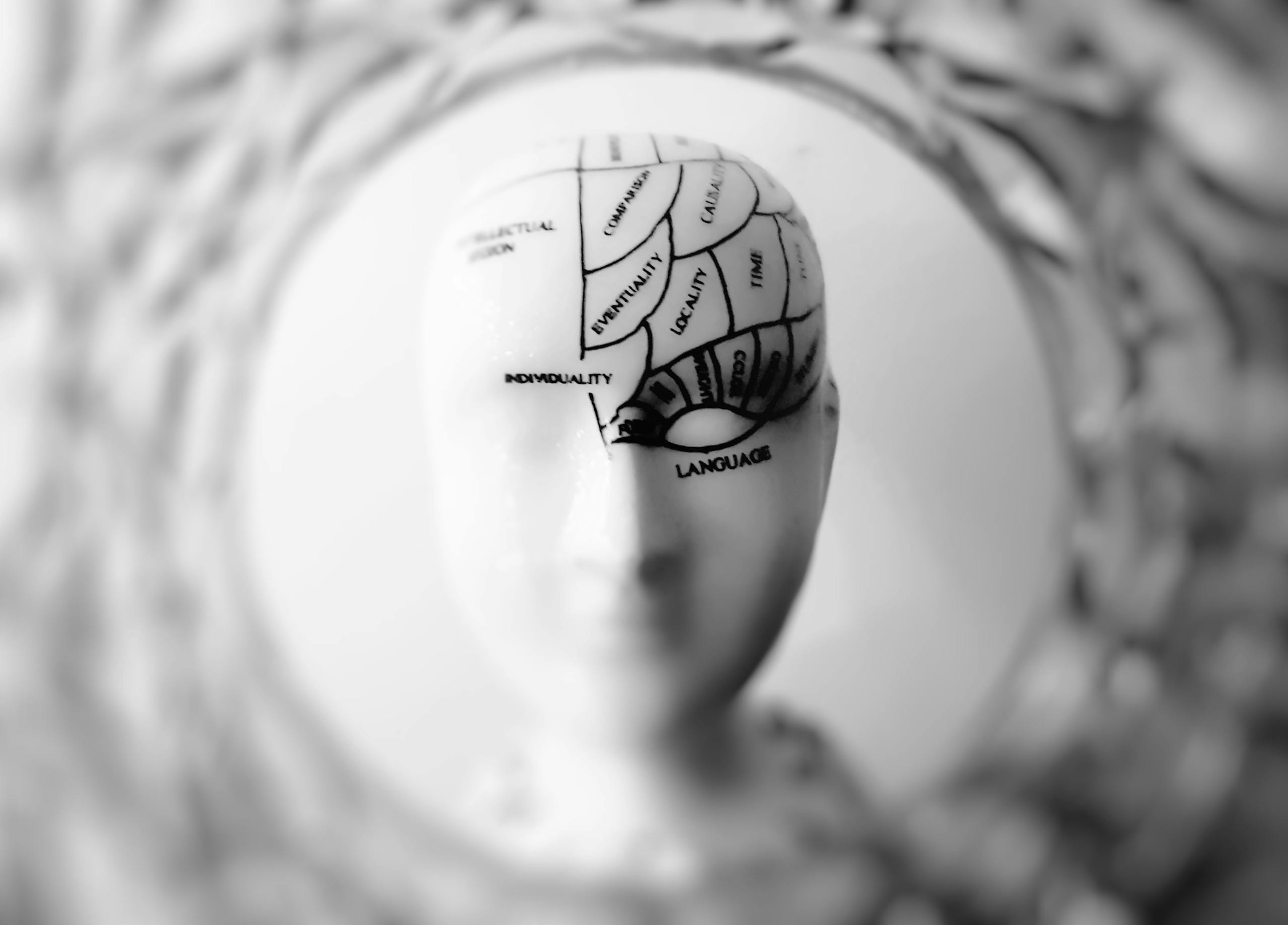Brain Signals Only Count When They Arrive on Time: New Study Explains How Attention Works

A research team from the University of Bremen has uncovered something fascinating about the way our brain processes information.
Their study shows that signals in the brain only matter if they reach neurons at exactly the right moment. This discovery highlights how attention works on a deeper level and could influence future medical treatments and brain-inspired technologies.
How the Brain Prioritizes Information
It has been known for decades that the brain doesn’t treat all incoming information equally. Instead, it gives priority to the things we consciously pay attention to. A classic example is the cocktail party effect. Imagine being in a crowded room filled with conversations, clinking glasses, and background music. Even though every sound enters your ears at the same volume, your brain can focus on one person’s voice and tune out the rest.

The study from Bremen digs deeper into how this prioritization works. When something crucial happens—like a car suddenly appearing while you’re crossing the street—the brain redirects its processing power to that event. Other details, such as signs, billboards, or pedestrians, are still registered but pushed aside. This filtering ensures fast and effective responses to important stimuli.
The Key Role of Timing
The researchers demonstrated that timing is the central factor in whether a signal gets processed further in the brain. Neurons don’t operate continuously; instead, they work in rapid cycles of activity. Each cycle has a brief period of heightened receptivity that lasts just a few milliseconds, followed by a less responsive phase.
These cycles repeat roughly every 10 to 20 milliseconds. If a signal arrives right before the peak of this receptive phase, it is processed and can change the behavior of the neuron. If it arrives too early or too late, it is essentially ignored.
In other words, it’s not just the strength of the signal that matters. It’s whether that signal arrives at the right time in the neuron’s rhythm.
Testing the Hypothesis in Monkeys
To prove their theory, the scientists conducted experiments using rhesus monkeys, whose brains are structurally very similar to human brains. The animals performed visual tasks on a screen while researchers applied very weak electrical stimuli to an early visual area of the brain known as V2. These artificial signals had nothing to do with the task at hand; they were used purely as test signals.
The researchers then studied how these signals influenced activity in a downstream region called V4, which plays a role in higher-level visual processing.
The results were striking. The artificially triggered signals only had an effect when they arrived during the neurons’ short receptive window. When that happened, the signals not only altered neuronal activity in V4 but also affected the monkeys’ performance. The monkeys reacted more slowly and made more mistakes. This shows that irrelevant signals, if timed correctly, can interfere with brain processing and disrupt task performance.
If the same signals arrived outside the receptive window, they had no effect at all.
Why This Matters
This discovery provides the first causal evidence of how the brain selects and processes relevant information. It confirms that precise timing is essential for determining whether a signal becomes part of perception, learning, and behavior.
From a medical perspective, this is important because certain conditions—such as Alzheimer’s disease and ADHD—are linked to problems with selective information processing. If we better understand how timing affects information flow in the brain, we could develop more effective treatments.
This also applies to brain-computer interfaces (BCIs). For these systems to work reliably, they need to deliver information into the brain at the exact right moment and also interpret brain signals correctly. This study shows that millisecond-level precision is critical.
Beyond medicine, the findings may also influence the design of artificial intelligence systems. Biological brains handle information in a way that is flexible and efficient, partly because of timing mechanisms. Incorporating similar principles into AI could lead to smarter, more adaptable systems.
The Bigger Picture: Gamma Oscillations and Attention
The work ties into a long-standing theory in neuroscience known as communication through coherence. According to this idea, brain regions don’t just fire signals randomly; they synchronize their activity through oscillations. The gamma-band oscillations (roughly 30–90 Hz) are thought to be particularly important for selective attention.
When two brain regions synchronize their gamma oscillations, signals arriving in one region are more likely to land during its receptive phase, making communication more effective. The University of Bremen study provides direct evidence that this synchronization is not just correlation but causally determines whether signals are processed.
How Neurons Cycle Between States
To put it simply, neurons don’t fire at full capacity all the time. Instead, they fluctuate between being highly excitable and less responsive. These fluctuations are extremely fast, happening dozens of times per second.
During the excitable phase, the neuron is open to new input. During the less responsive phase, it is harder for inputs to make an impact. This rhythm allows the brain to filter signals based on when they arrive, ensuring that only the most relevant ones get through.
It’s a bit like how some clubs only let people in at specific times. If you arrive during the right window, you get in. If not, the door stays closed.
Why Rhesus Monkeys Were Chosen
The use of rhesus monkeys is important to highlight. These animals are a common model in neuroscience research because their brains share a lot in common with ours, especially in the organization of the cerebral cortex. Studying them provides insights that are highly relevant to human brain function.
In this experiment, the choice of monkeys allowed the researchers to observe both neural responses and behavioral changes. That combination is what gave their results strong credibility: the signals weren’t just changing brain activity, they were altering real behavior.
Implications for Everyday Life
This research also sheds light on why attention is so important in daily life. Our brains are constantly bombarded with signals from the outside world. Without a mechanism to filter them, we would be overwhelmed.
For example, when driving a car, countless things are happening around you. The brain has to prioritize what matters most: the movement of other cars, the light at the intersection, or the sudden appearance of a pedestrian. Everything else is background noise.
The timing mechanism uncovered in this study explains how the brain pulls this off. By adjusting neuronal rhythms, attention makes sure that relevant signals arrive during receptive windows while less important signals are pushed aside.
Potential for Future Therapies
For people with conditions like Alzheimer’s or ADHD, the ability to filter and prioritize information is impaired. This study provides a potential starting point for targeted therapies. If scientists can learn how to adjust or restore the timing of neural activity, it may help patients process information more effectively.
Brain-computer interfaces could also benefit. Many BCI systems struggle with reliability because they don’t account for the timing of signals. Aligning input with the brain’s natural receptive windows could dramatically improve their performance.
Broader Relevance to Technology and AI
Artificial intelligence is another field that might gain from these insights. Most AI systems today process information continuously and uniformly. The brain, on the other hand, is highly selective. By integrating timing-based mechanisms similar to those in neurons, AI could become more efficient and adaptable.
This could also inspire neuromorphic computing, an area of technology that tries to mimic the structure and function of the brain.
Conclusion
The University of Bremen team has shown, with strong evidence, that brain signals only matter if they arrive on time. This discovery not only deepens our understanding of attention but also opens up new possibilities for medicine, technology, and artificial intelligence.
The brain is not just a processor of raw information. It is a timing-based system, carefully tuned to prioritize what matters most at every moment.





